|
*Johannesburg to Pilgrim's Rest Above: Vultures feeding on a fresh Hyena kill; more of this in the text below ... It was literally with great relief that we finally landed at Johannesburg's OR Tambo airport. It was pretty early in the morning of the 26th of January and we were excited about our month-long adventure to follow. But first we had to learn to walk again after enduring the desperately cramped seats on British Airways Flight 55 from London Heathrow. The walk to the car park would do it, having traversed Immigration and the baggage reclaim, both of which were pretty efficient, as our adventure beckoned. A lot of preparation had gone into this trip and finally it was about to happen. Next stop Avis to pick up our hire car, which would transport us some 4,500 km, first to the delights of the Northeast and then all the way by road to the Southwest. The introductory blog[1] to this series of transcontinental travel anecdotes describes the painstaking process we'd undertaken to ensure we'd get the correct car to transport the four of us and our compact luggage across the country. It had to a) fit and b) be stored out of sight from would-be thieves. We were looking forward to picking up the VW Tiguan we'd booked and paid a premium for. Now, there's a phrase that needs to be taken into account when specifying rental cars that goes something like this: "<car model> or similar". In practice, this appears to give the vendor (British Airways/Avis) significant room to manoeuvre when you actually arrive to collect the car. A recent trip undertaken by son-in-law Andrew and me to SA saw us being provided with a pretty shabby (perhaps end of cycle) Korean micro in place of our go-to VW Polo. Turned out they had no Polos and we either took the booby prize or had to cough up significantly more for something else. You guessed it, there was no Tiguan. Well over an hour ensued while we were offered lesser vehicles in its place. We lost count of how many times we dragged four suitcases across the car park to try to fit it in yet another offering. There was an Audi estate sitting there that would have done the job but they weren't going to let us have that without a massive uplift in price. Their mistake became our problem. Finally we were shown a Haval H6 that just about fitted the luggage, squeezed in with a flimsy tonneau cover pulled too tight over the cargo. Later research showed that these vehicles typically retail at somewhere around two thirds of the price of the Tiguan we'd ordered and paid for. It would have to do if we weren't to spend all day at OR Tambo. We soon discovered that our choice had no Satnav. We (I) had taken this for granted in a modern, fairly upmarket car. Consequently we almost spent the rest of the day going round in circles in Mpumalanga (roughly translated as the Sun coming out/up), the province to the East of Johannesburg. We missed the exit for the Northeast bound N12/N4 and ended up on the divergent Southeast bound N17/N2. It wasn't too long before we realised our mistake but the combination of minimal road signage in SA, and recent name changes across Mpumalanga, meant we struggled to find a route to correct our mistake. It didn't help that, when attempting to do so, we encountered slow-moving traffic in a zone emblazoned with dire warnings about car-jacking/smash-and-grab in the area we were attempting to cross. Not the greatest introduction to South Africa for our companions! Suffice to say we were mightily relieved to eventually find ourselves turning on to the N12 as originally planned. It was almost as if we were destined to get all mishaps out of the way at the trip's beginning. The original plan had been to have lunch at the highest brewery in Africa but the delays meant we were starving with 80 km still to go. We had to resort to South Africa's highest town instead, ending up enjoying a splendid meal at the Dullstroom Pizzeria. As it turns out, when we eventually did reach the brewery, at Hops Hollow at the top of the Long Tom Pass, it was closed for renovations. The proprietor did let us in for a look but was unable to serve us drinks or food. Above: (clockwise from top left); a replica cannon at the top of the pass with the plaque handily translated in the endnotes[2]; a bombardier's view of the cannon; during a previous visit when it was open the brewery can be seen through the large window behind the bar; this time the bar was closed for maintenance but not much had changed; Roger, Shan and Sián viewing the shelling ground from the top; a red coat could have been spotted for some way away. We paid our tributes to the replica cannon at the top of the Long Tom Pass before eventually finding our way to Graskop and our first night's accommodation of the holiday. The comfortable Westlodge B&B guest house and an early meal at the Highwayman Grill and Pub ensured we had a good night's sleep in preparation for the first of the planned highlights of our road trip, the Blyde River Canyon. This canyon is [arguably] the third largest in the world and the largest that is dominated by green vegetation. We really only had a day to do this and focussed on what we imagined to be the three premier attractions, the "Three Rondavels", "Bourke's Luck Potholes" and "God's Window". Three Rondavels It was a Saturday and the attractions were very well attended by local people but not too overcrowded that we couldn't appreciate the splendid views. Three Rondavels was breathtaking (literally, if you peered over the edge from one of the view sites) and somehow the mostly locals visiting added to the enjoyment. This area is towards the lower end of the Canyon, which culminates in a dam. Above: (clockwise from top left) the famous four with the three rondavels in the background; our friendly photographer who took the shot while I envied his shirt; the Blyde River flows into a dam while the Lowveld nestles in the background; a sensible warning; park rangers beyond the point ensuring we don't go there; Shan looking as if she is but actually isn't. Bourke's Luck Potholes We moved on to the confluence of the Blyderivier (happy river) and the Treurrivier (mourning river). This meeting of two rivers has resulted in spectacular potholes in the rock formations where they come together. The names are interesting in that the Treur River seems to have been named first - by relatives of the Voortrekker party led by Hendrik Potgieter to Delagoa Bay in 1844 and when they thought the group had perished on their journey. The Blyde River was named later in the year when Potgieter and Co pitched up having successfully been to Delagoa and back. One could say this was all academic seeing as the Blyde River was renamed in 2005 to the Motlatse River. Who knows when the general worldwide public will start referring to the Motlatse Canyon? Try asking Wikipedia[3]. This may also explain why the Kruger National Park remains named after one of South Africa's more controversial leaders ... one who abandoned the country to live in the Netherlands when the going got tough and the reins were handed to Generals Botha and Smuts. Anyway the potholes are magnificent and definitely worth a visit and were well attended on the day we ventured out. Above: (clockwise from top left) the Treur River framed in the background by Shan and Sián; Roj pushing his luck to get a squiz at the Treur tumbling over the falls before reaching the Blyde; the falls from top to bottom; the potholes at their base; a little closer; two bridges over the Blyde. God's window postponed ... We did try, honest Gov, but you sent down the mist and we missed the view (this time at least). Above: if you turned around you could just about see the mountains behind in the distance ... ... but we had to crawl back to Graskop as the fog became almost impenetrable! We were a bit concerned that the dense pea-souper might make the next day's journey to the Kruger Park difficult and dangerous. Our landlord didn't exactly help by informing us that Graskop was notorious for its mist while trying to reassure us that it would dissipate once we'd left the town a few kilometres behind. We were planning a 3am departure to ensure our arrival at Phabeni Gate by 5:15! In the meantime we had a supper reservation at the Graskop's premier and most popular restaurant, the Glass Room, where the proprietor, Abe, lifted our spirits with his dry wit, great food and a decent wine selection. Highly recommended. Unfortunately, the next morning proved to be every bit as foggy at 3am as it had been at 3pm the day before. I drove and it was scary stuff. A snail's pace, combined with some wishful thinking as to the lack of other traffic on the road coming the other way, saw us eventually descend from the mist a lot further from Graskop than we'd hoped. Once we were in the clear a little more enthusiasm on the accelerator pedal than I would have liked saw us reach the gate just about bang on time. A word of warning, though, for anyone trying to get around using Google Maps, it took us through some pretty scary areas not to be repeated. Finally, the Kruger National Park Why did we have to be there by 5:15 - because that was when our 6-hour private tour departed. The best game viewing is generally just after sunrise and just before sunset. It can be too hot in the middle of the day and the animals seek out the coolness of the shade and consequently can be too difficult to see. A personal yearning of my own was to see lions in the wild. I'd seen most things in other reserves but lions and leopards had always eluded me. The day started, however, with a magnificent sky. Above: Crepuscular rays tumble jauntily into a Jacob's Ladder. After the gift from the sky, there were a few animals that you'd expect, small agglomerations of impala and zebra ... then BANG, there it was: my first wild lion. And what a magnificent presence he was, too. Above: Suddenly there were lions in two different locations! Equally as suddenly there was a flurry of activity on our vehicle's radio. Our guide, Didi, had picked up information of a leopard sighting. We headed off as quickly as park rules allowed. Sadly we were not the first, or the second to receive the heads-up. There was a veritable traffic jam by the time we arrived and the leopard had long since gone. Didi tried a few tricks of his own to intercept the animal where he thought it might go but to no avail. Above: (l to r) a traffic jam rapidly formed at the site of a leopard spotting but to no avail; we did get to see a two-headed zebra, though. Who doesn't love ellies? A most substantial consolation prize for missing out on the leopard was coming across a small herd of elephants trying to access a small river. Like most small rivers in this part of the world they quite frequently become large rivers with the result that the approach needs to be made via wide banks of soft sand. Even the leader found this daunting and a "hand and knees" approach was adopted. The rest of the troupe held back for the little 'uns to go next. They didn't fare too well but an attentive adult was looking out for the two tots. No more confident on its own feet than the leader, it was a fairly clumsy process ... Above: Ellies in soft sand ... please be reassured that the littlest one was eventually righted and reached the herd's destination beside the water. Our 6-hour tour seemed to go in a flash and we saw a lot of game, including giraffes, buffaloes, warthogs and many other antelope. Some impressive birds, too. Our best pics of giraffes were obtained in another reserve so will feature in a sequel to this first instalment. We paused for brunch where, in Shan's words, "we stopped off at Skukuza with our huge picnic bags [provided in lieu of breakfast by our generous hosts at Westlodge B&B] and ate under the trees looking out at the Sabie River. There was a railway bridge over the river with a train parked on it that turned out to be a 5 star hotel." Perhaps our rarest and most macabre sighting occurred when we were just about to leave the park. In exactly the same site of our first lion sighting. Various species of vulture were feasting on a fresh hyena carcass. So fresh it hadn't been there on our outbound journey and there was no smell. We would have noticed if there had been a stench, we were that close. The eyes were gone, presumably a vulture delicacy. We could only surmise as to what had befallen the previously healthy-looking hyena. Didi reckoned it had probably been killed by the lions we'd seen earlier that morning. Carnivores tended not to eat their "brethren" no matter how remotely they were related. Above; (l to r) two vultures seemingly unperturbed by our presence (others weren't and retired to a safe distance ... there were probably about 10 of them); a lone vulture eyeing us suspiciously while waiting for its share of the prey. We found our way back to Graskop avoiding townships and enjoying the now spectacular view we'd missed in the mist. On our arrival back at the B&B it seemed like a good time to have another go at God's Window. God's Window resumed It's mostly about the view from the edge of the highveld. The lowveld and beyond stretch out before you as you stand on the edge of the dramatic cliffs that form the escarpment. There is also a small "rainforest" at its summit (quite a strenuous walk from the car park). Once again it seemed encouragingly popular with local people. Above: (clockwise from top left) the escarpment; Shan making an expansive gesture at the summit; the view stretches into the Kruger park and possibly even the Mozambique coastal belt on a clear day ... maybe Hendrik Potgieter got his first sighting of Delagoa Bay there in 1844?; the mist nourished "rainforest"; ibid; a majestic cabbage[4] tree peers proudly at the view. We'd come a long way and seen a lot of things in the three days since we'd disembarked from the plane at OR Tambo and fatigue was beginning to set in. We retired early looking forward to a relatively easy journey the following day. Our landlord, Jacobus Gustav Peach, bid us farewell after breakfast with a quick lesson on South Africa's political history that, while divergent from our own, was delivered in such a way that was interesting background to the area and well worth the time we spent listening to him and exchanging views. Surcharges for foreigners I will raise a point here (as we temporarily part with the National Parks) and not mention it again although it occurred everywhere we visited that was of any significance. Named variously a "conservation surcharge", "overseas visitor rate" and other labels, it basically ensured that non-South Africans were required to pay up to four times the rate that applied to locals. I won't pass judgement and I respect the need to ensure these magnificent places are maintained to world standards, but foreign visitors need to be aware that this is the case so that they are prepared for a substantial cost. One could argue that often extremely reasonable prices for meals, accommodation and libations more than make up for these surcharges[5]. Pilgrim's Rest It seemed logical to include Pilgrim's Rest in this tale of our foray into North Eastern Mpumalanga. Always a symbol of early gold-mining adventures in this gorgeous part of the country, it has gone through several iterations during recent decades. From a thriving small town and tourist attraction to somewhat seedy. What would it be like now? Well, as our pictures show, it has benefitted from a bit of a renaissance. Sure, it is a little spoiled by a number of stalls with the faux "local" curios seen from Kruger to Cape Town and undoubtedly made anywhere from Zimbabwe to China but, hey, people have to make a living. The Royal Hotel still stands and allegedly offers a glass of mampoer[6] any time of the day it is open. My cousin, whom we were about to visit, berated us for not availing ourselves of this pleasure (surely it was a bit early in the morning) but we were steeling ourselves for our journey over Robber's Pass and the potholed delights of Mashishing ... Above: given the ready made captions emblazoned on most of the buildings in the posher part of Pilgrim's Rest it is probably unnecessary to repeat these here apart from to point out that three of the buildings had some association with alcohol - the last one, on the bottom right, was in the lower part of town where the poshification seemed to have been abandoned. Coming next
Two more delightful game "parks", including Zulu battlefields, and perhaps some prurient interest in the naming of "Mashishing", formerly known as Lydenburg. [Endnotes]
2 Comments
|
AuthorMark Harrison - making travelling an adventure Archives
April 2024
Categories |

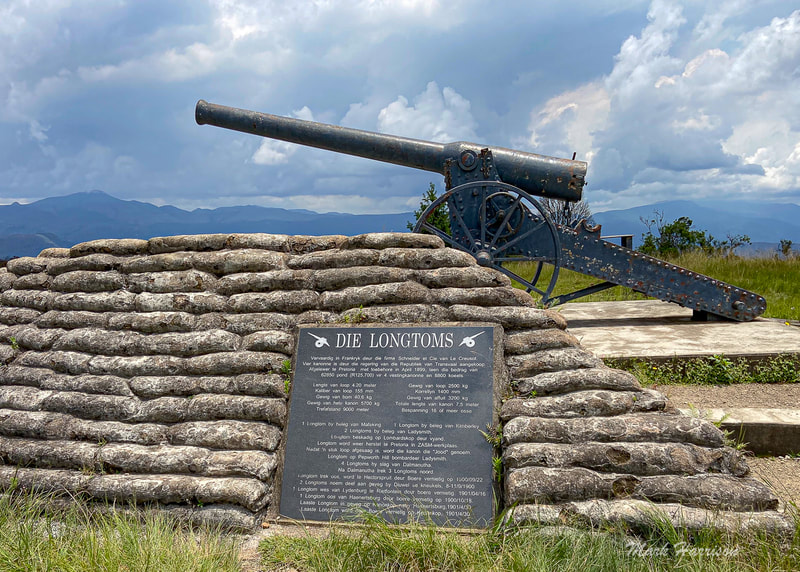
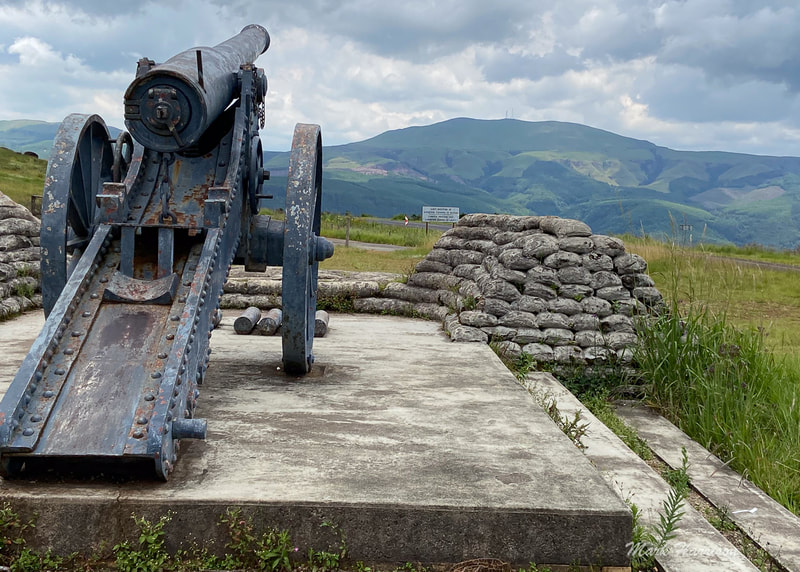
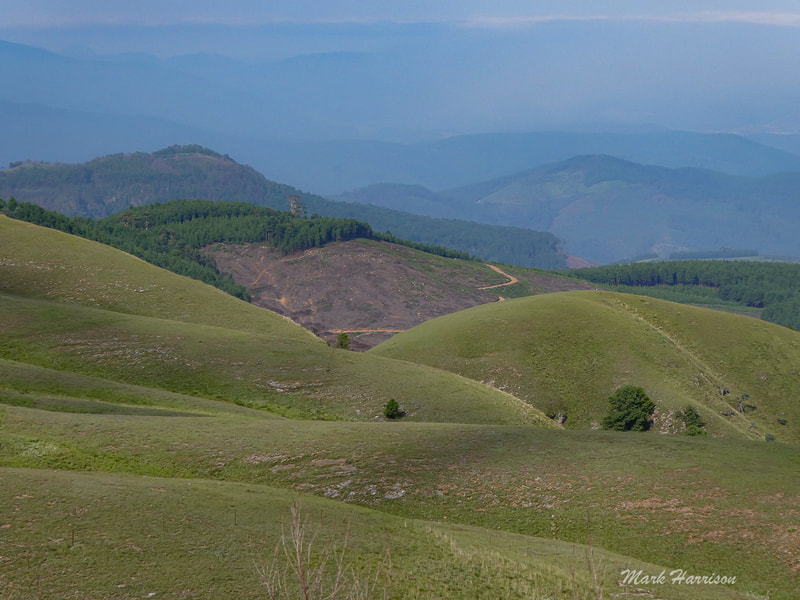
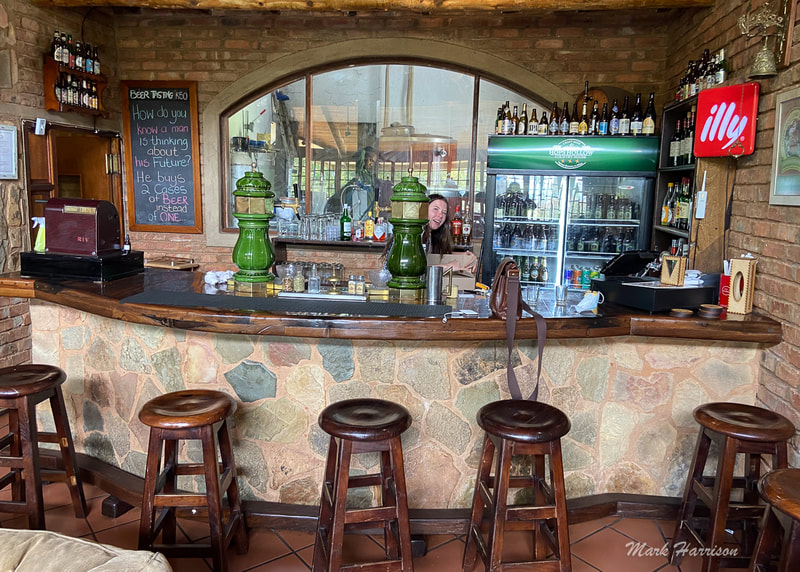
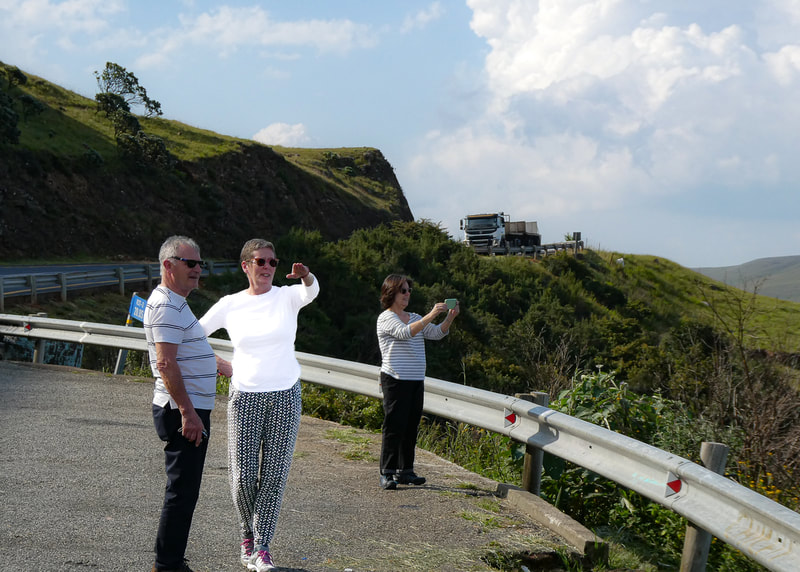
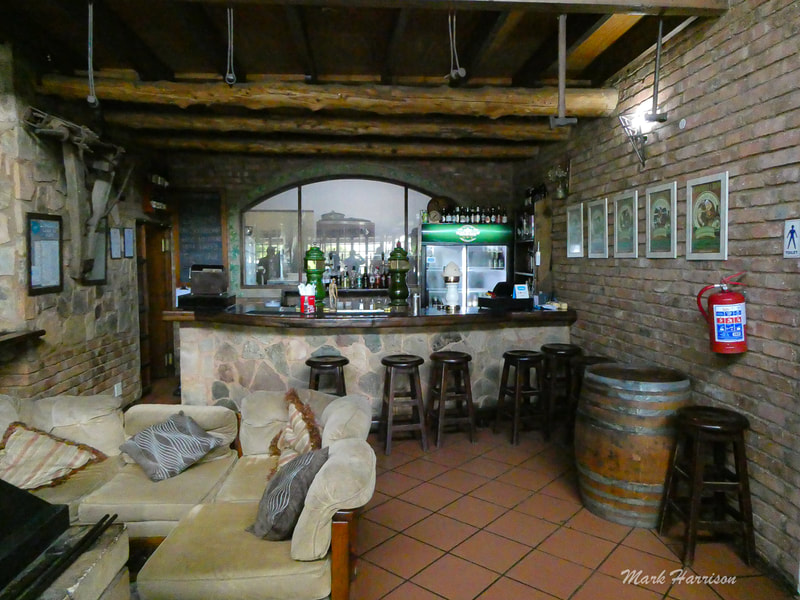
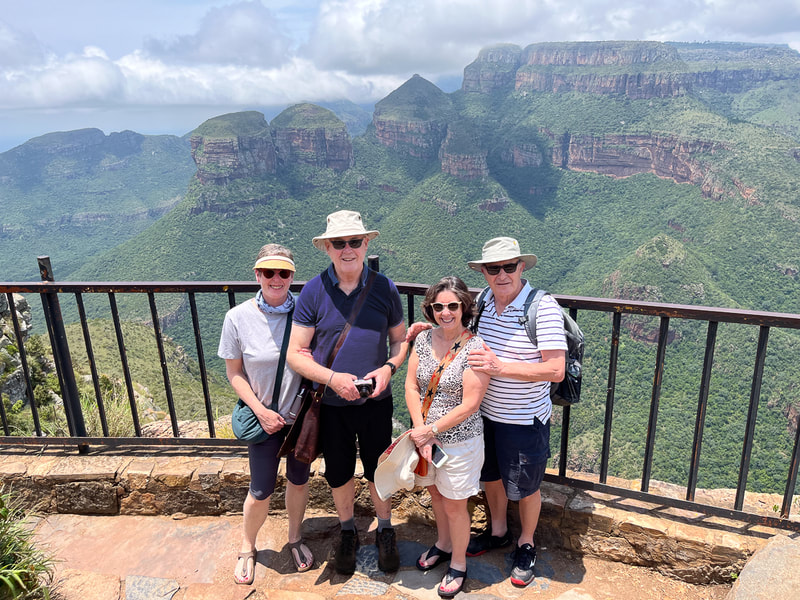
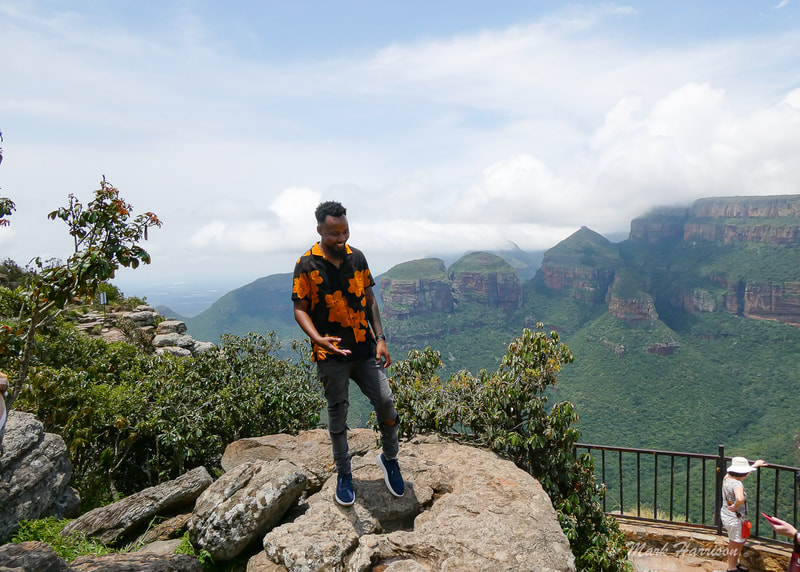
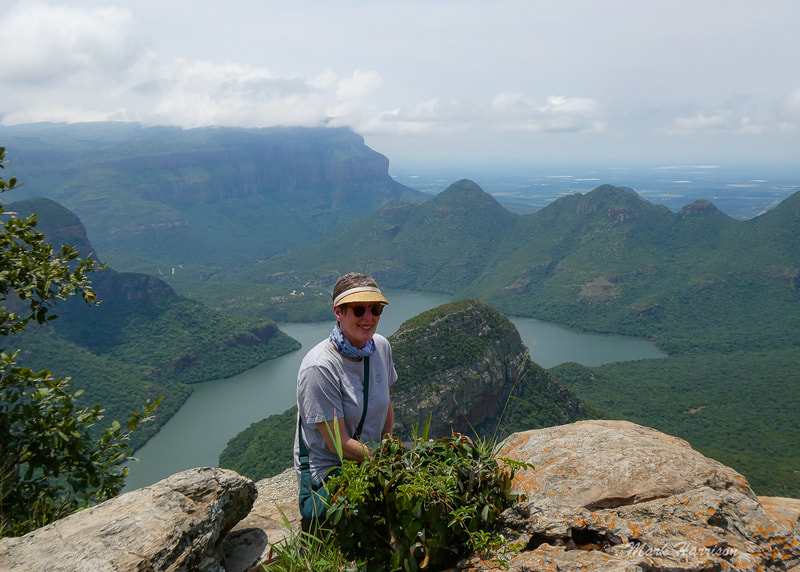
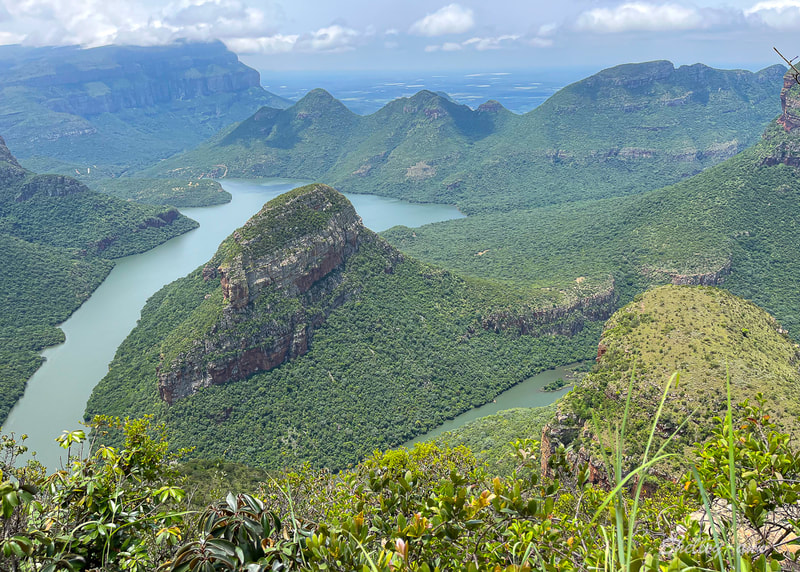
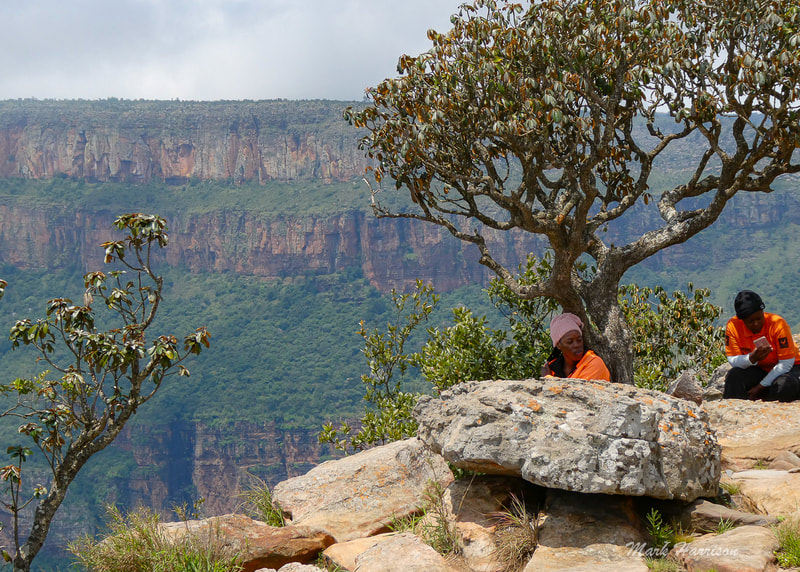
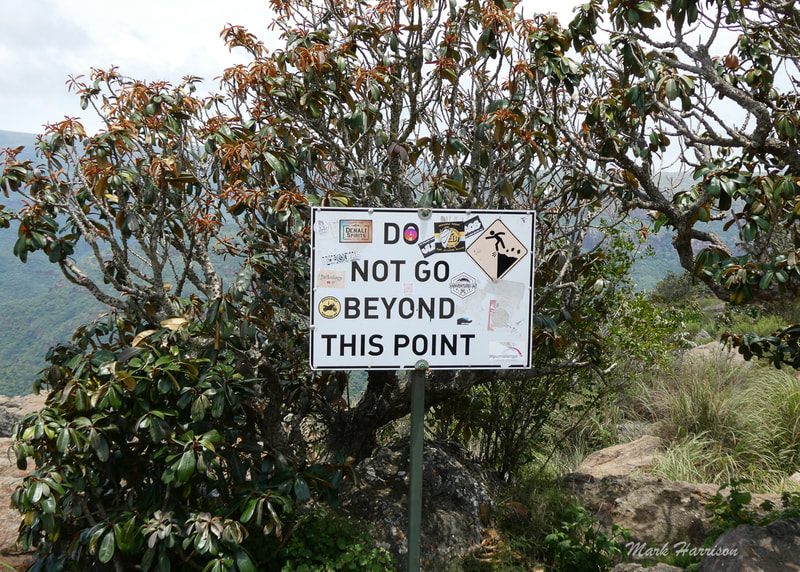
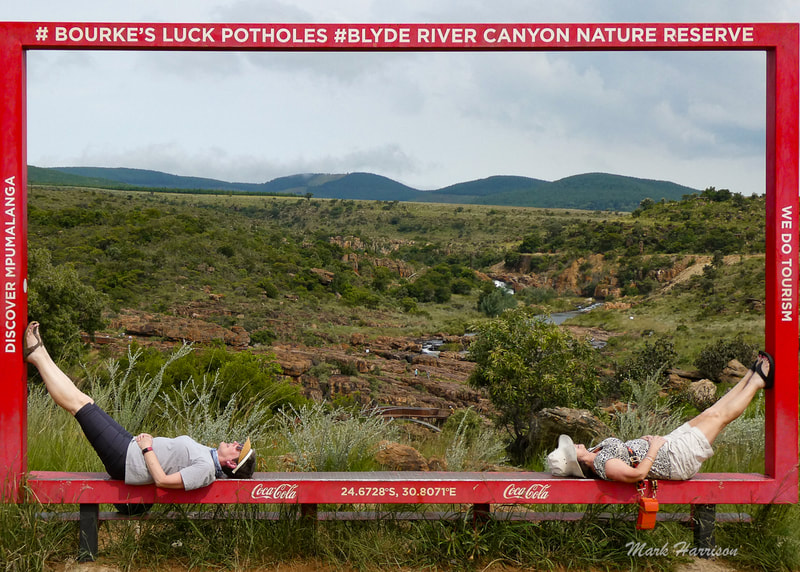
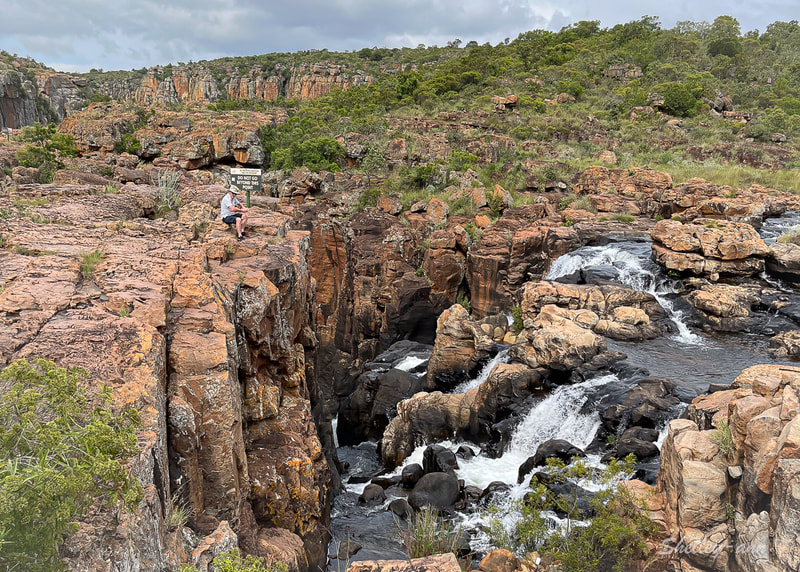
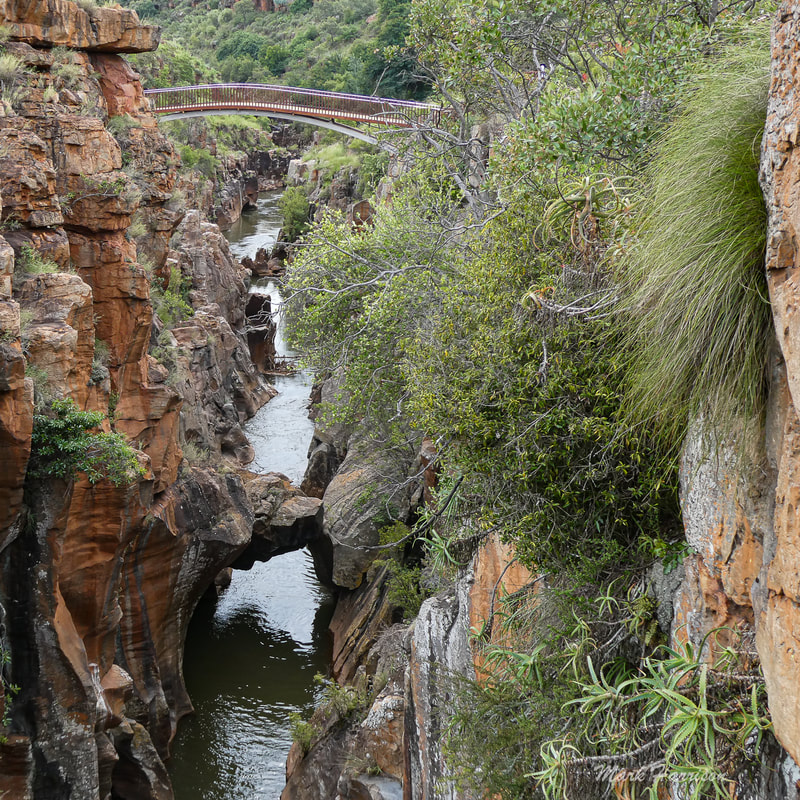
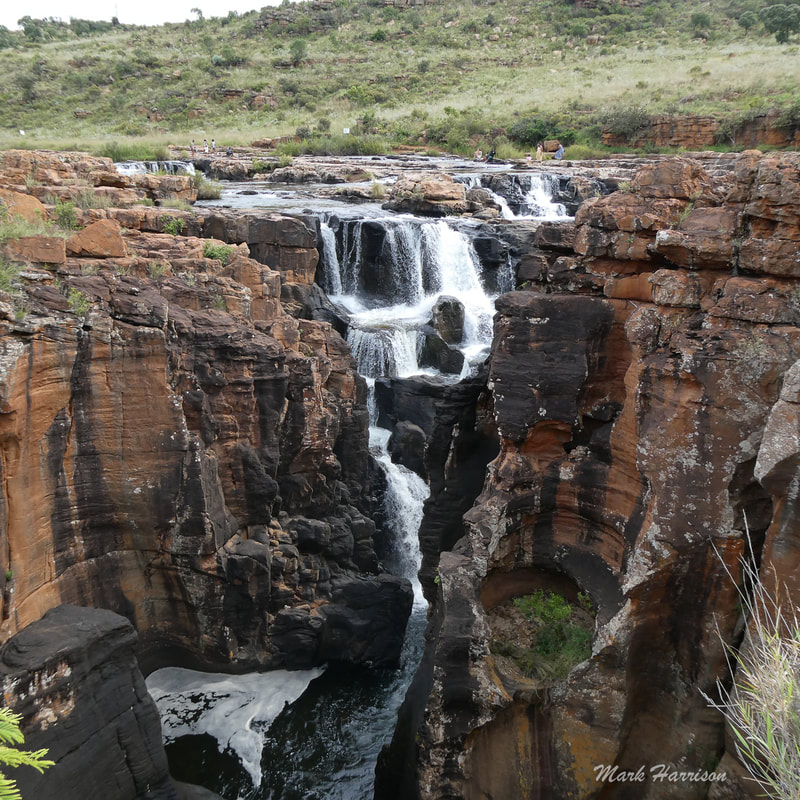
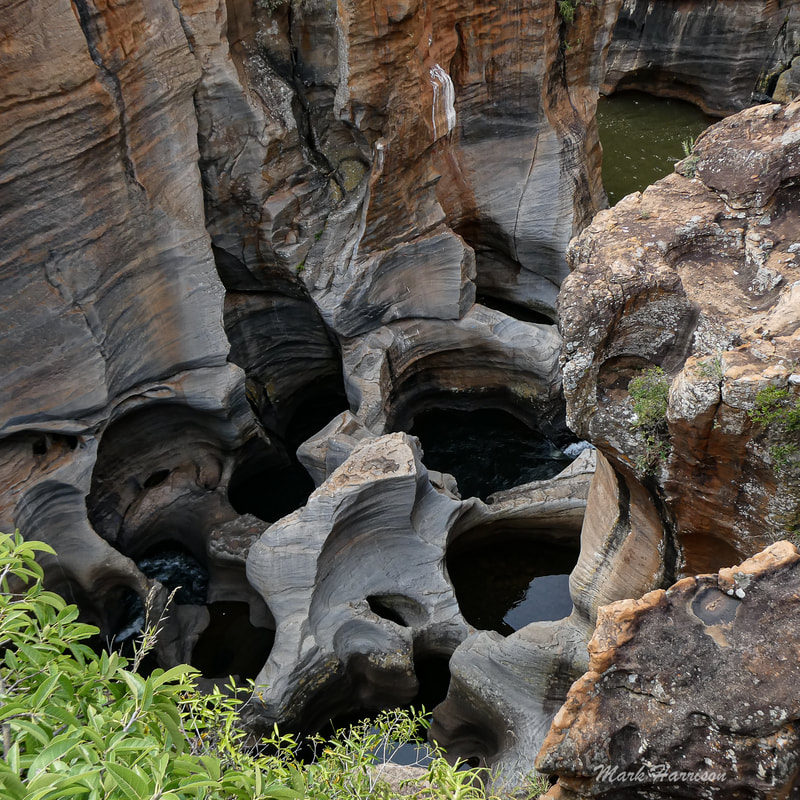
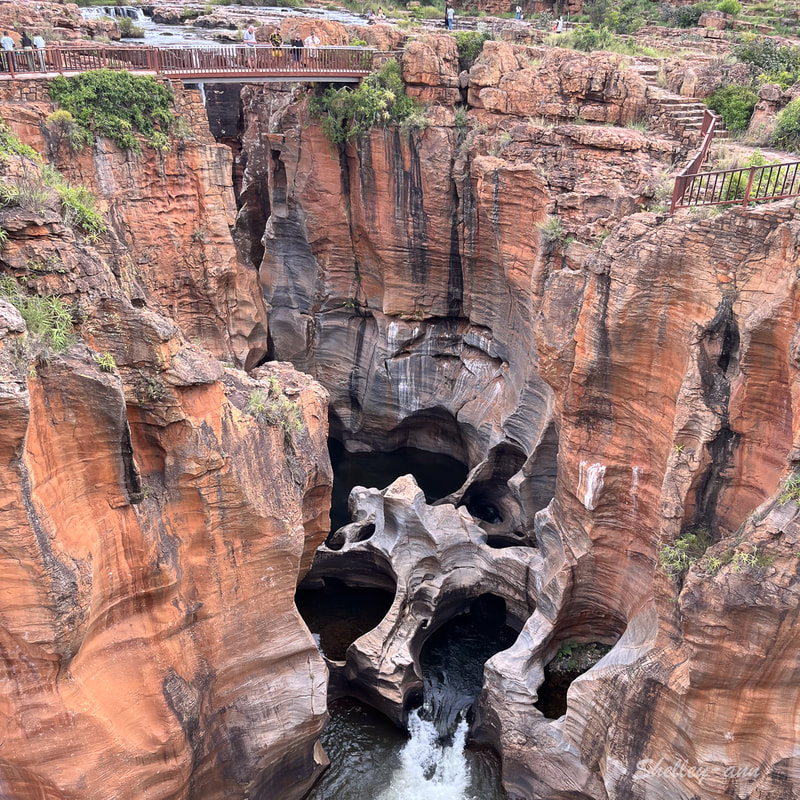
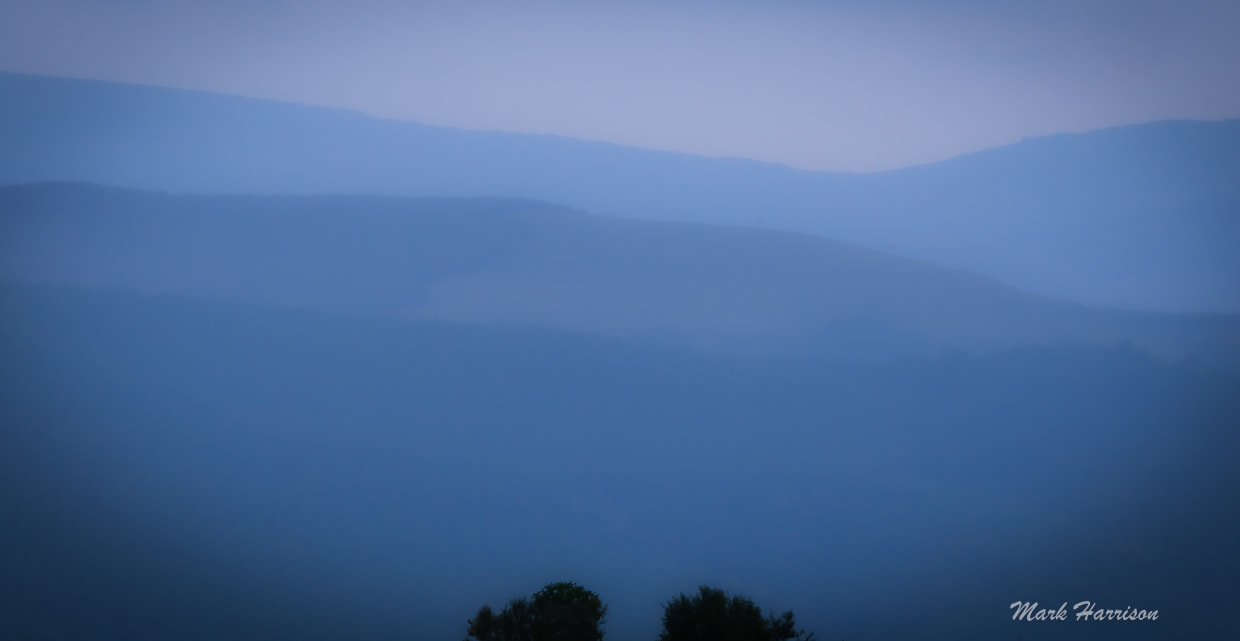
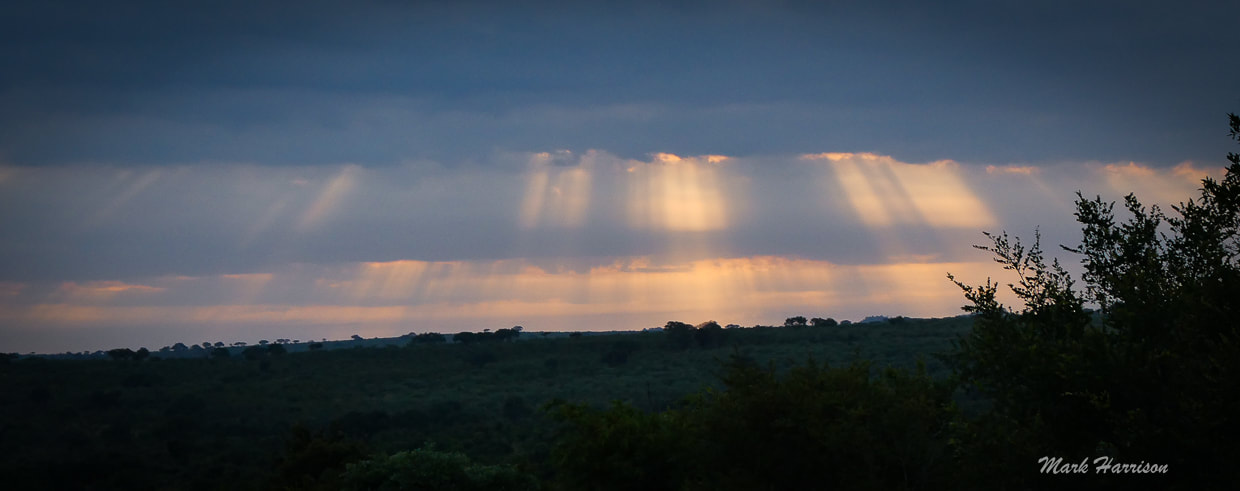
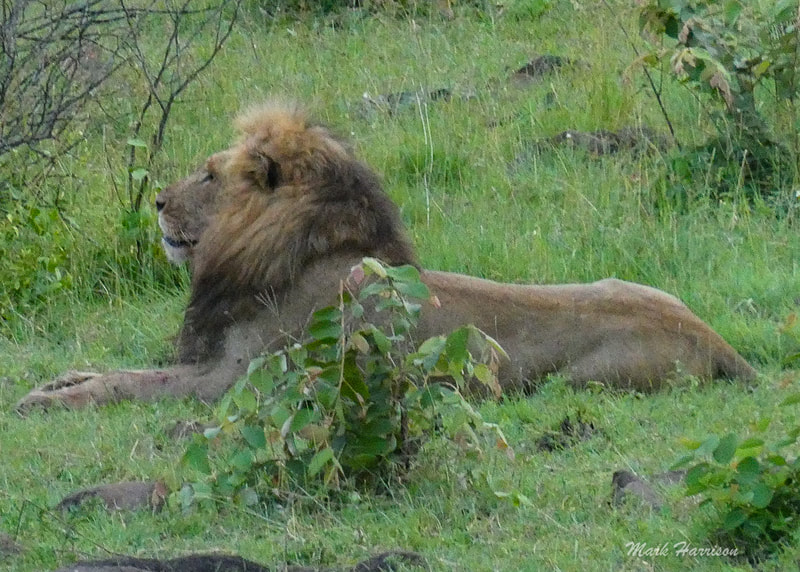
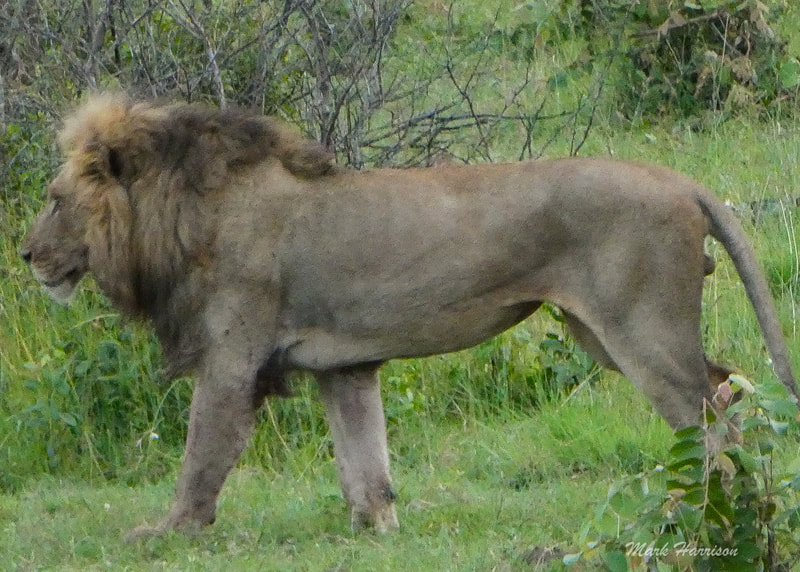
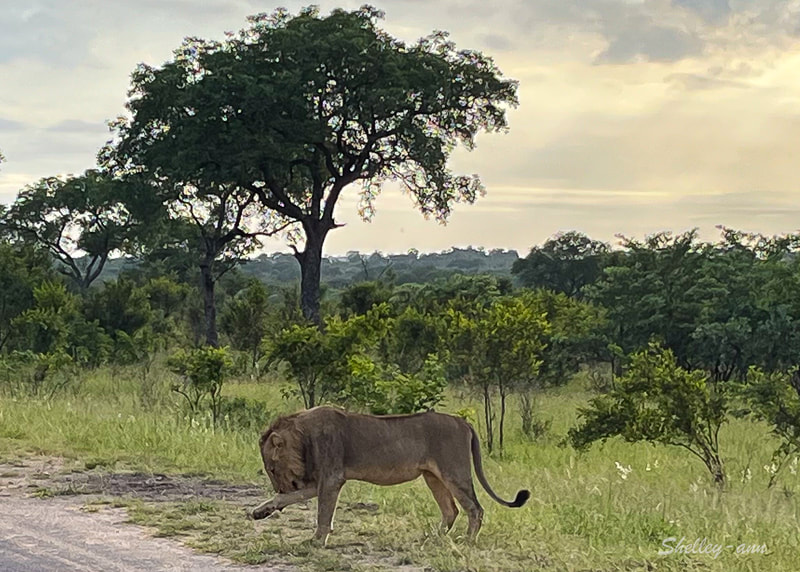
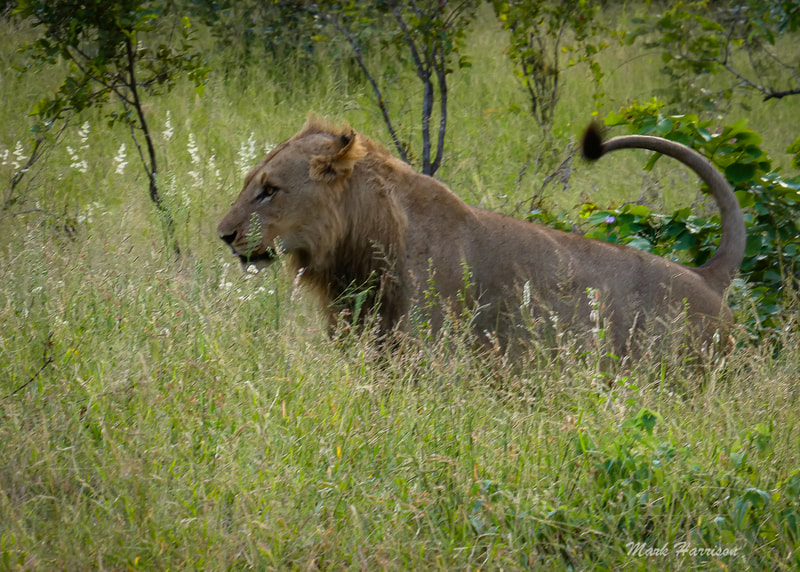
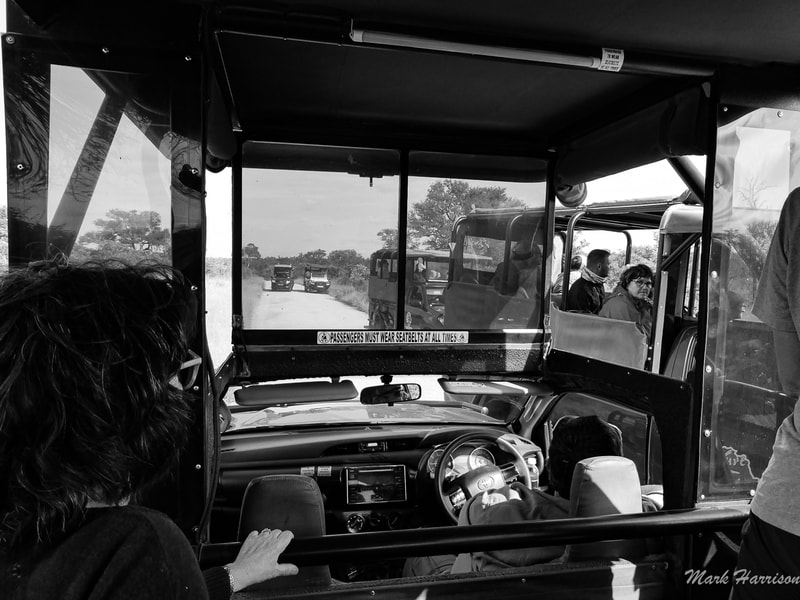
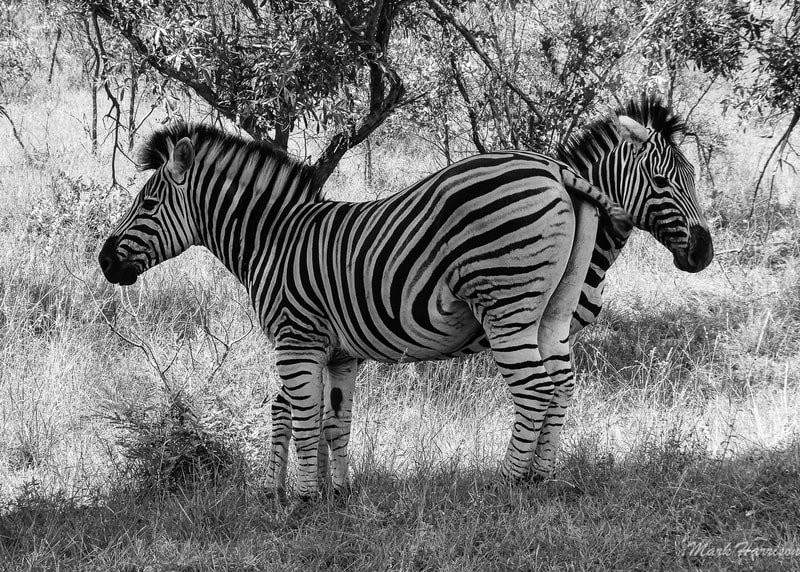
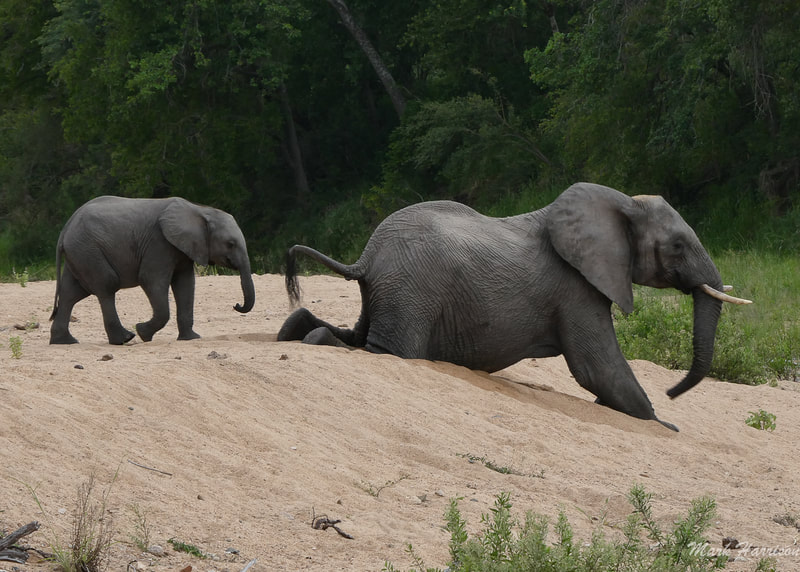
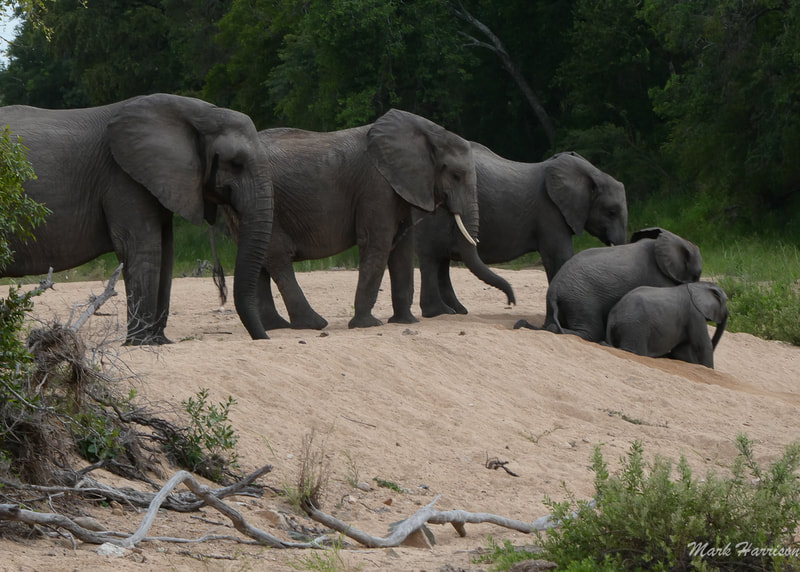
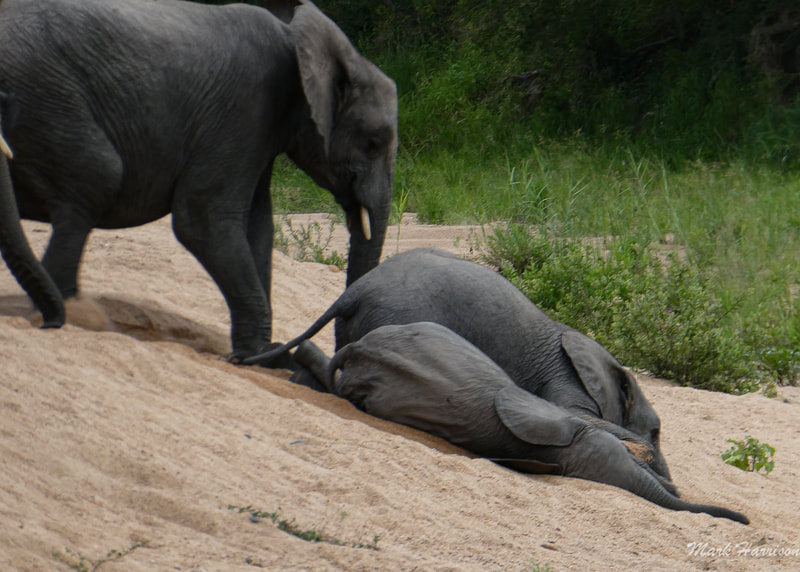
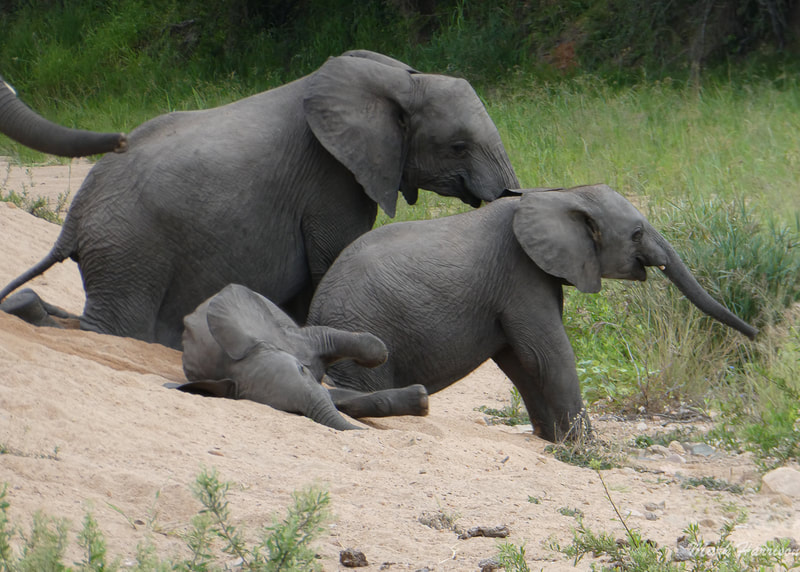
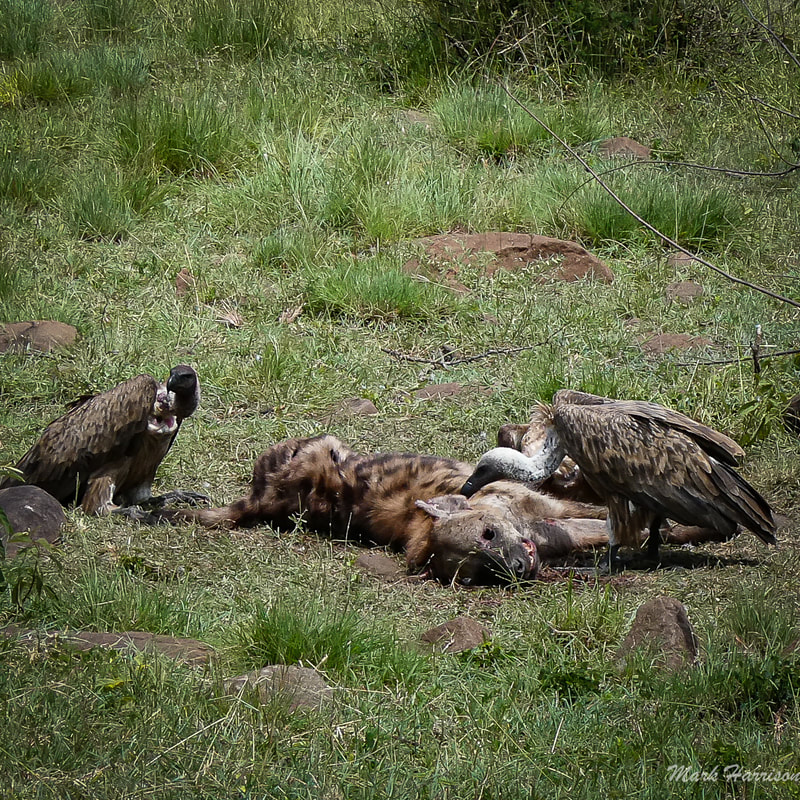
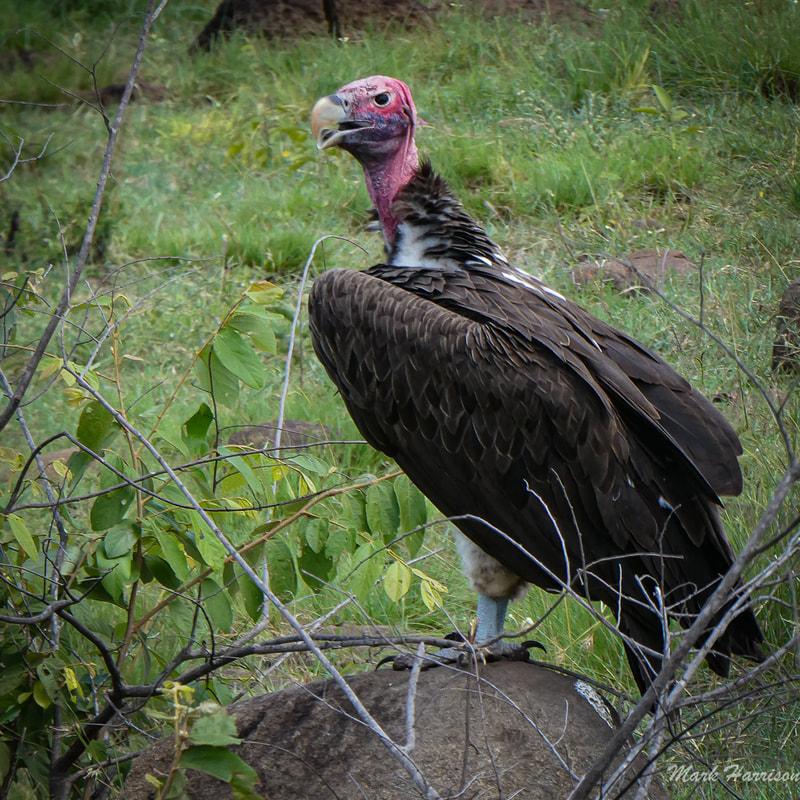
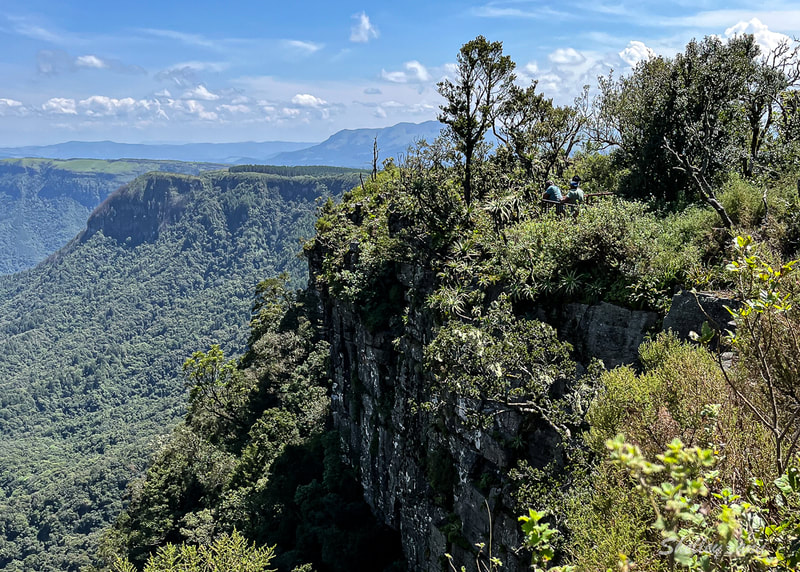
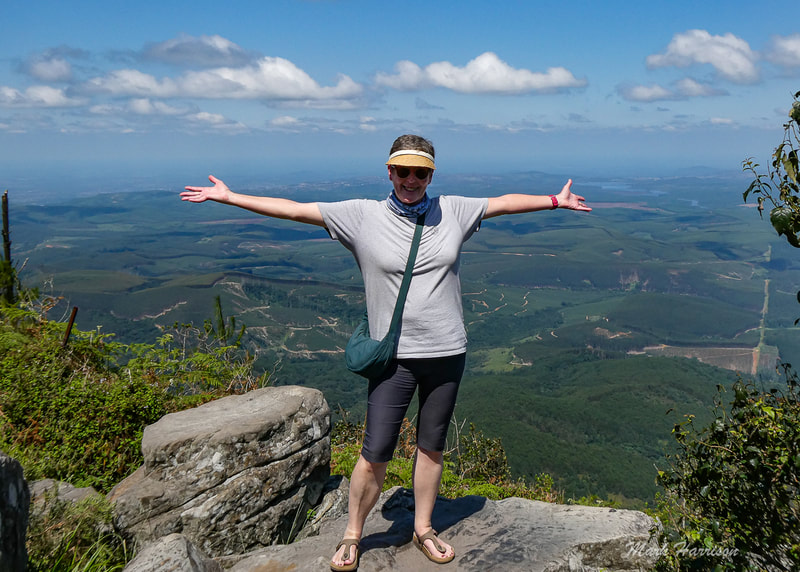
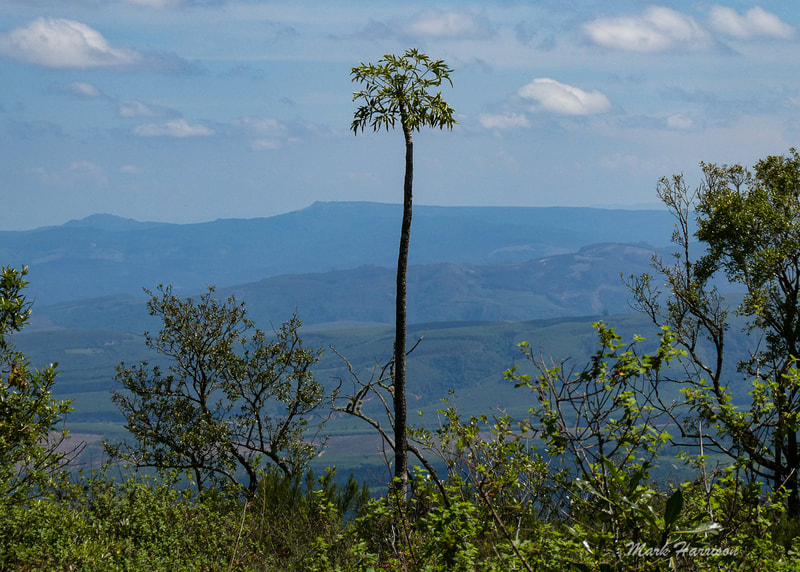
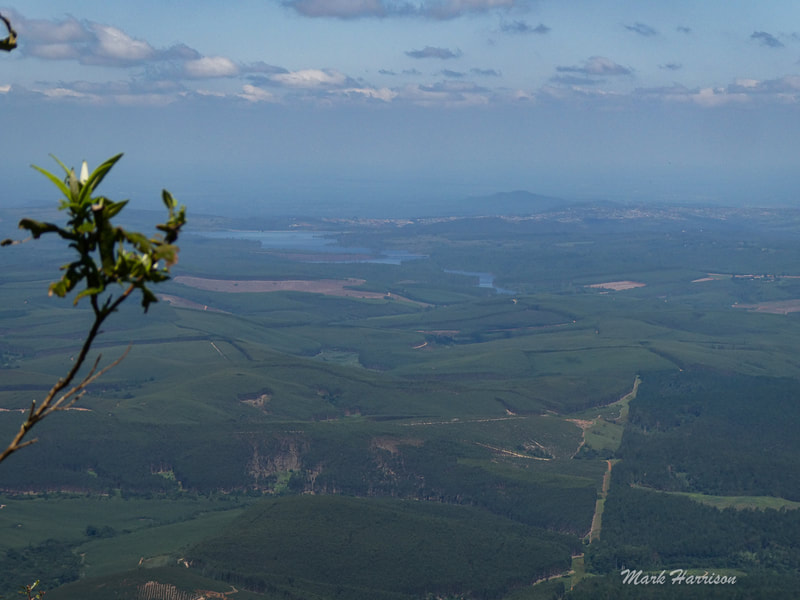
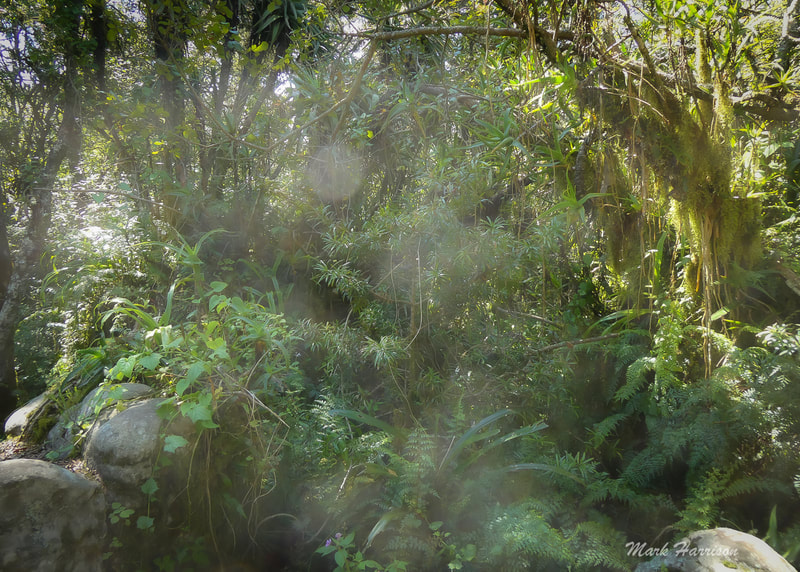
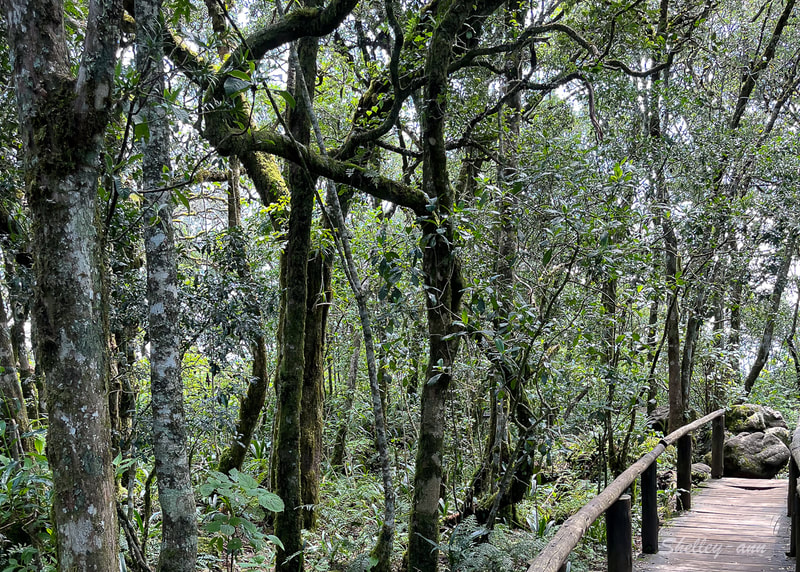
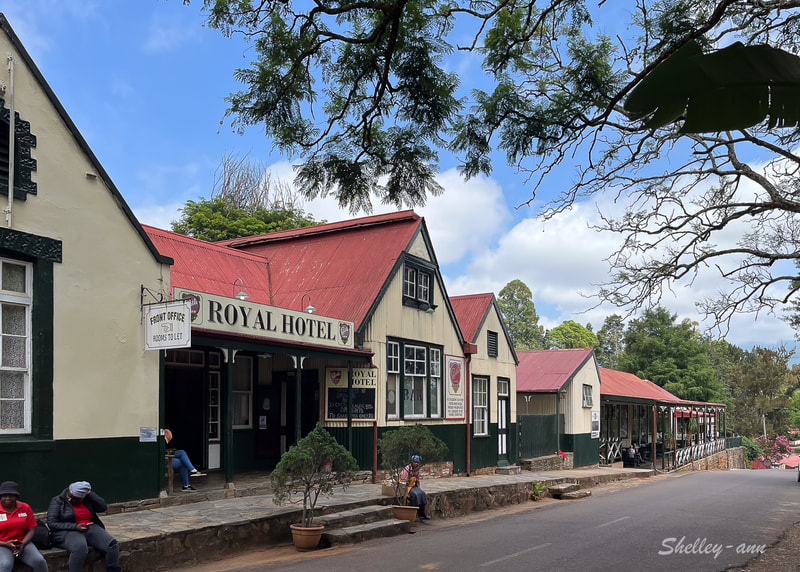
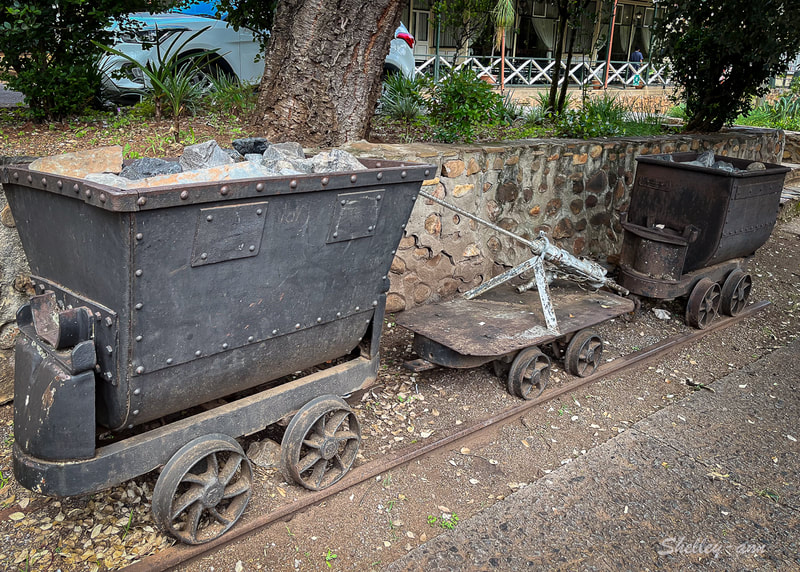
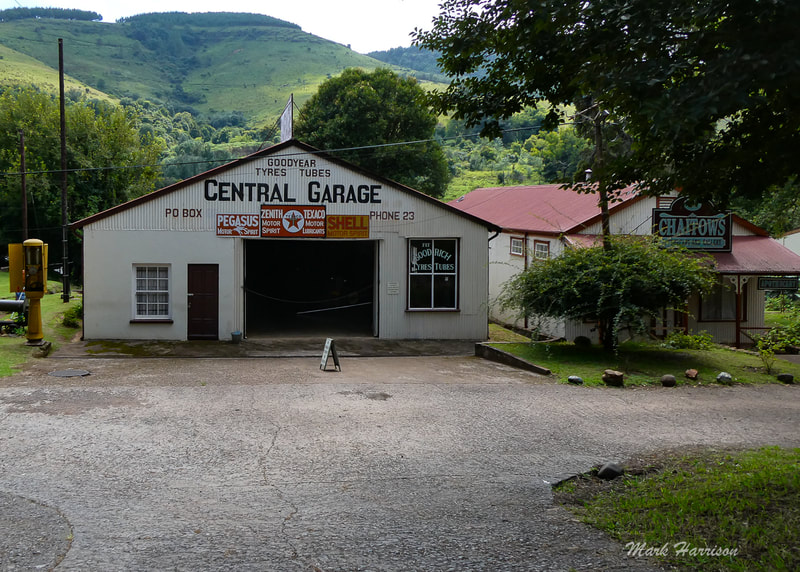
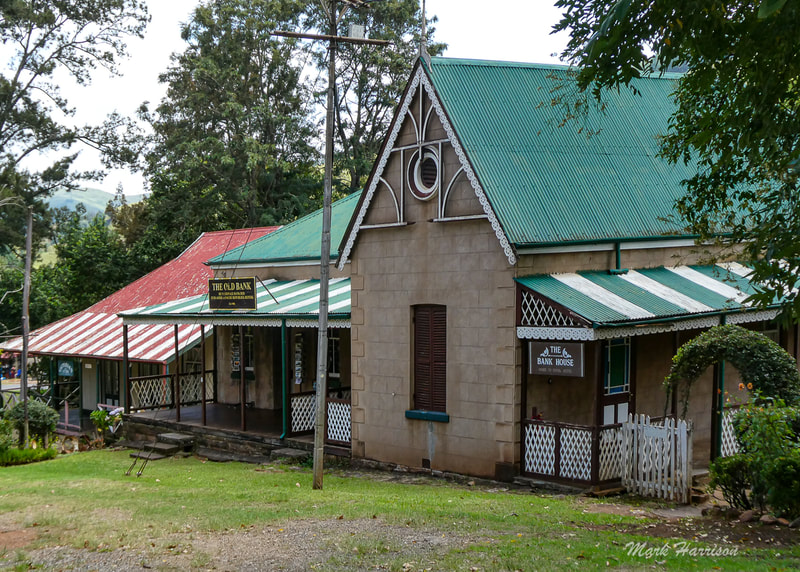
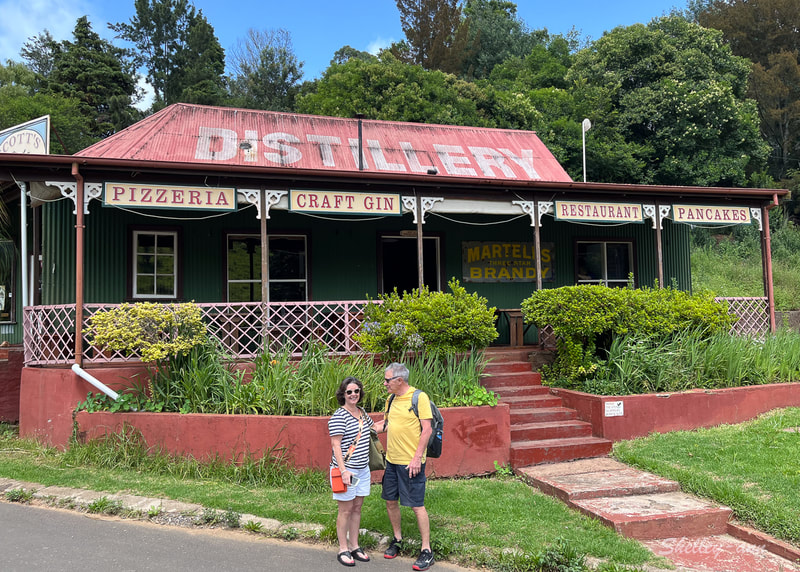
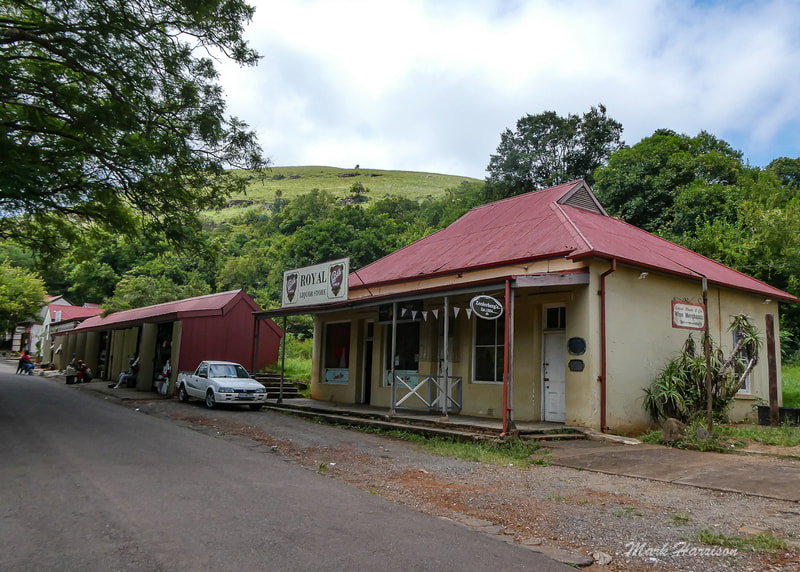
 RSS Feed
RSS Feed